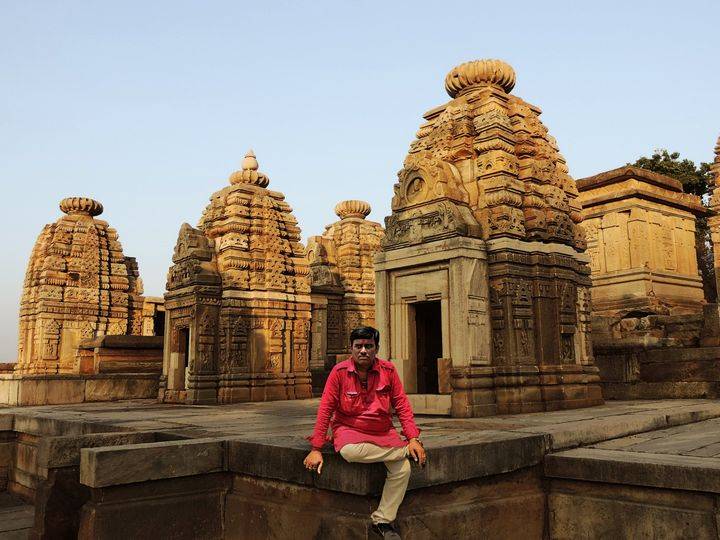The Bateshwar Hindu temples are a group of nearly 200 sandstone Hindu temples and their ruins in north Madhya Pradesh in the post-Gupta, early Gurjara-Pratihara style of North Indian temple architecture. It is about 35 kilometers (22 mi) north of Gwalior and about 30 kilometers (19 mi) east of Morena town. The temples are mostly small and spread over about 25 acres (10 ha) of land. The devotees dedicate themselves to Shiva, Vishnu, and Shakti, representing the three major traditions within Hinduism.
The site is within the Chambal River valley ravines, on the north-western slope of a hill near Padavali. Known for its major medieval-era Vishnu temple. The largest Shiva temple at the site, Bhuteshvar, likely inspired the name “Bateshwar”. This name applies to the entire group of temples built between the 8th and 10th centuries. It is referred to as Bateshwar Hindu temples.
Bateshwar Hindu temples
Since 2005, the Archaeological Survey of India has actively reconstructed many temples from fallen stones, giving them their current appearance. Dacoit Nirbhay Singh Gujjar and his gang helped the Archaeological Survey of India restore the temple complex.
Gurjara-Pratihara Dynasty constructed this group of 200 temples during their reign. According to Michael Meister, an art historian and professor specialising in Indian temple architecture. The earliest temples in the Bateshwar group near Gwalior are likely from the 750–800 CE period. Cunningham found an inscription dated Samvat 1107 or 1050 AD.
An earthquake or Muslim forces destroyed the Bateshwar Hindu temples sometime after the 13th century, leaving the exact cause shrouded in mystery.

